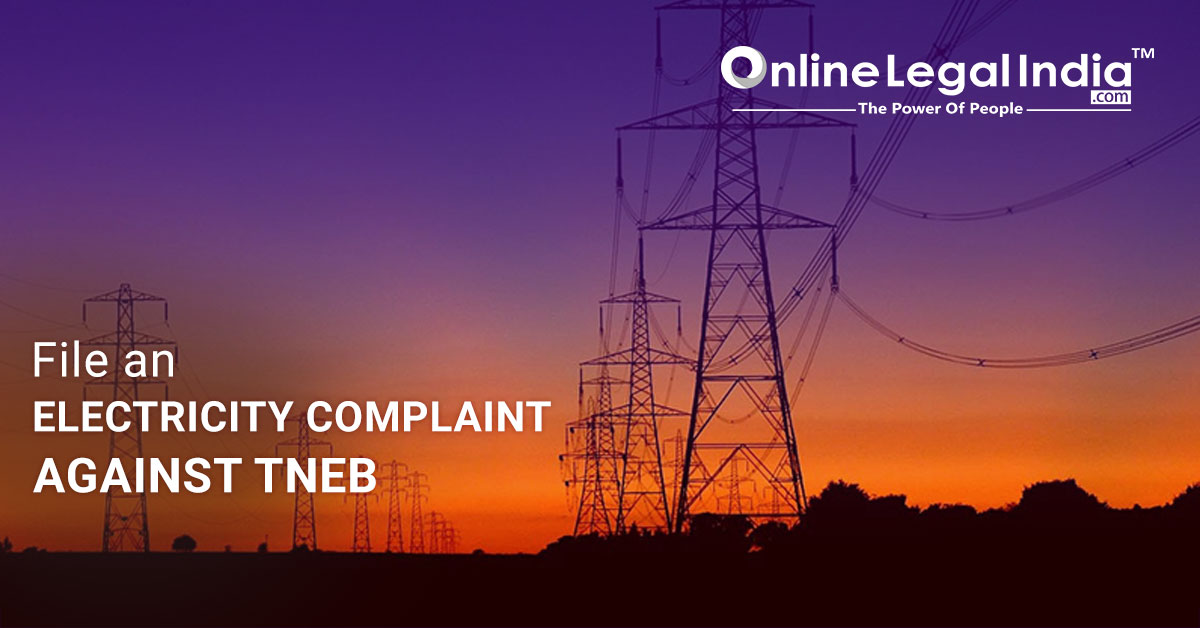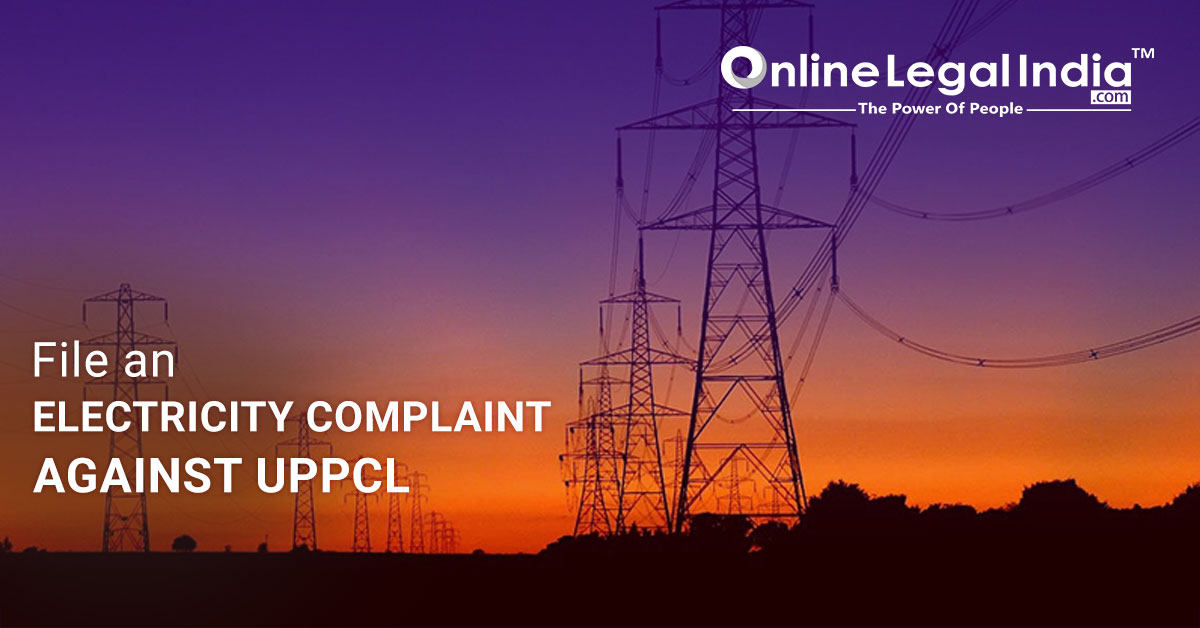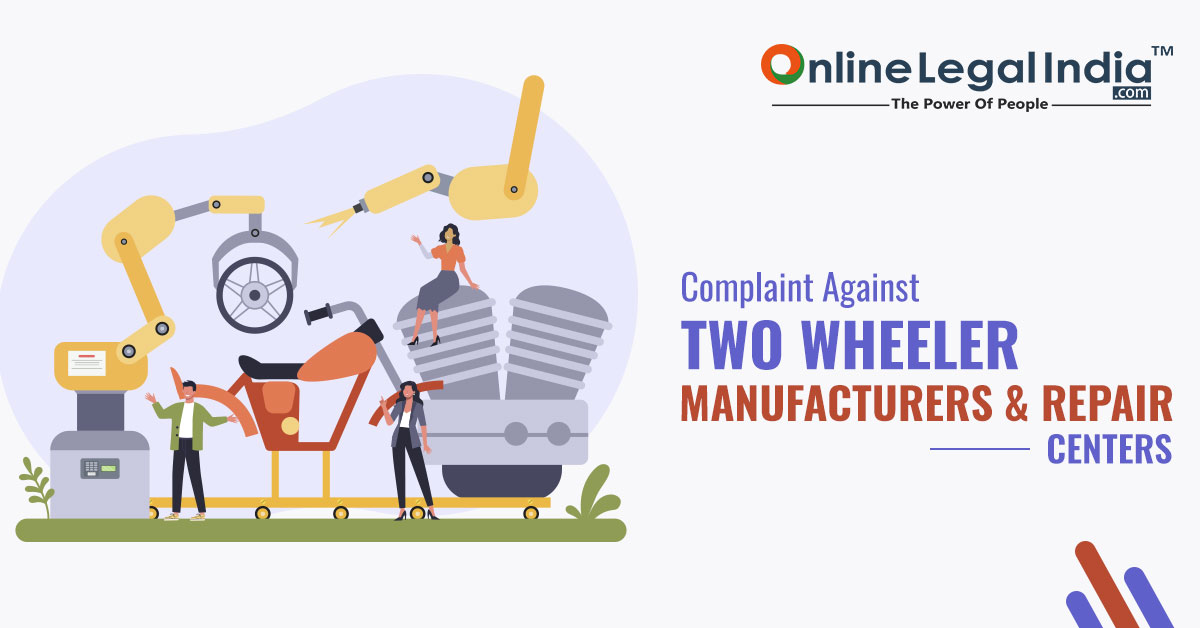My name is shivam sinha this is for the testing purpose
11 Feb, 2023

 By Ankar Kapuria
Published On 08 Jan 2021
Updated On 22 Jan 2022
Category GST
By Ankar Kapuria
Published On 08 Jan 2021
Updated On 22 Jan 2022
Category GST
With an aim to decrease the pollution, the Government is vastly promoting the manufacture and use of electrically operated vehicles in India. However, the Goods and Services Tax (GST) applicability on the same remains highly confusing. The present article tries to clarify the position by covering classification, GST applicability and recent advance ruling in the matter.
"A three-wheeled motor vehicle is classifiable under HSN 8703 as an electrically operated vehicle, provided it is fitted with the battery pack. Otherwise, it will be classifiable under HSN 8706," the West Bengal AAR said in a recent ruling. HSN (Harmonised System of Nomenclature) 8703 classifies such vehicle for 'nil' levy, while HSN 8706 means GST at 28 per cent.
The classification is critically explained hereunder-
As these vehicles are not classified under 8703 in the act of tax until installed with devices such as solar panels. The Authority of Advance Ruling eyes that a three-wheeled motor vehicle excluding the battery has no effective character and is similar to an electrically operated vehicle. Though the vehicle has not been fixed with the internal combustion engine. Most of the commercial vehicles for public transport including e-rickshaw. Nowadays, e-cabs, e-buses already operate their EVs under a battery swapping arrangement as it enables them to achieve a higher level of operational efficiencies without incurring any time at charging stations.

My name is shivam sinha this is for the testing purpose
11 Feb, 2023

How to Check the Trademark Application Status in India?
23 Jun, 2022

Trademark Class 35: What Does It Include?
17 Jun, 2022

How Do I Make a Consumer Complaint Against Amazon?
17 Jun, 2022

Trademark Registered in India - If Applicable All Over the World?
17 Jun, 2022

Consumer Complaint against Tamil Nadu Electricity Board TNEB
30 Nov, 2020

How to Take Legal Action against Mental Harassment in India?
07 Nov, 2020

UPPCL Uttar Pradesh Power Corporation Ltd. Complaint Filing
19 Nov, 2020

How to File a Complaint Online at Consumer Court?
27 Nov, 2020

Online Complaint Filing against Hero Motocorp
04 Dec, 2020